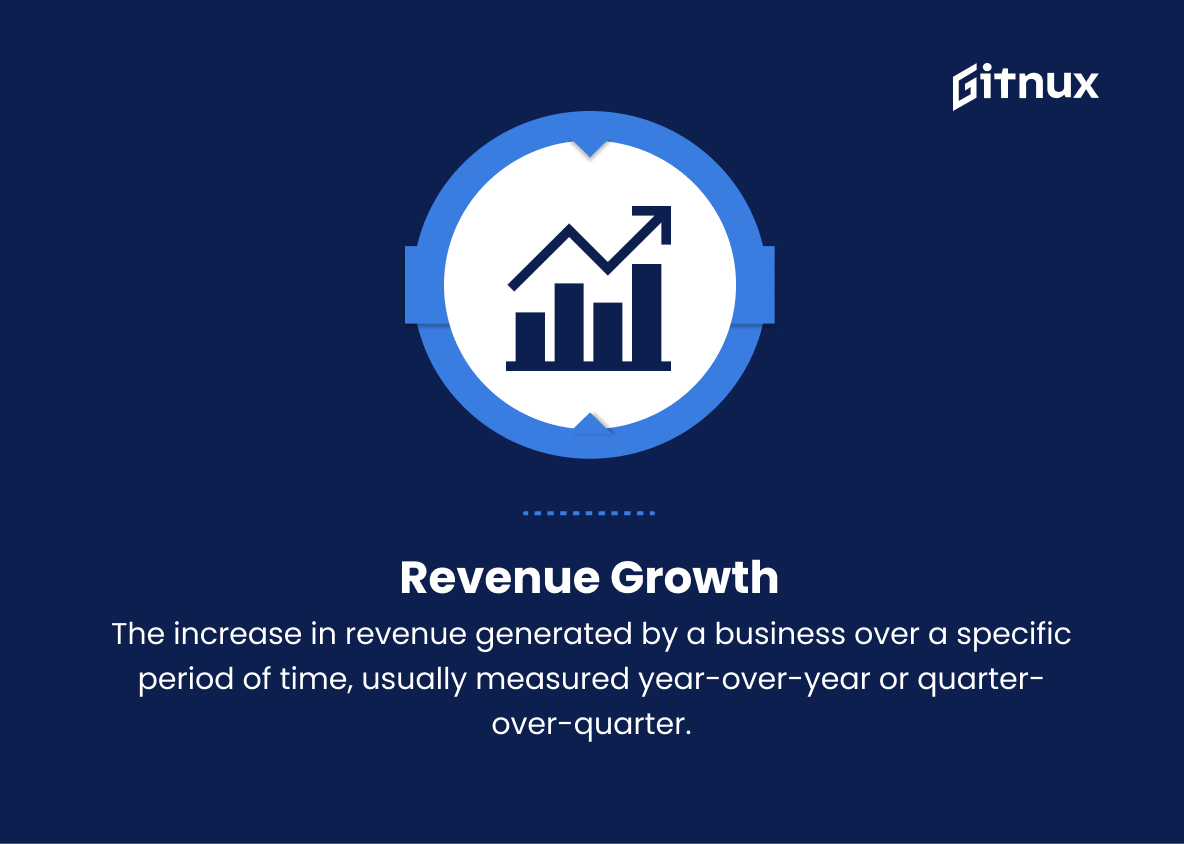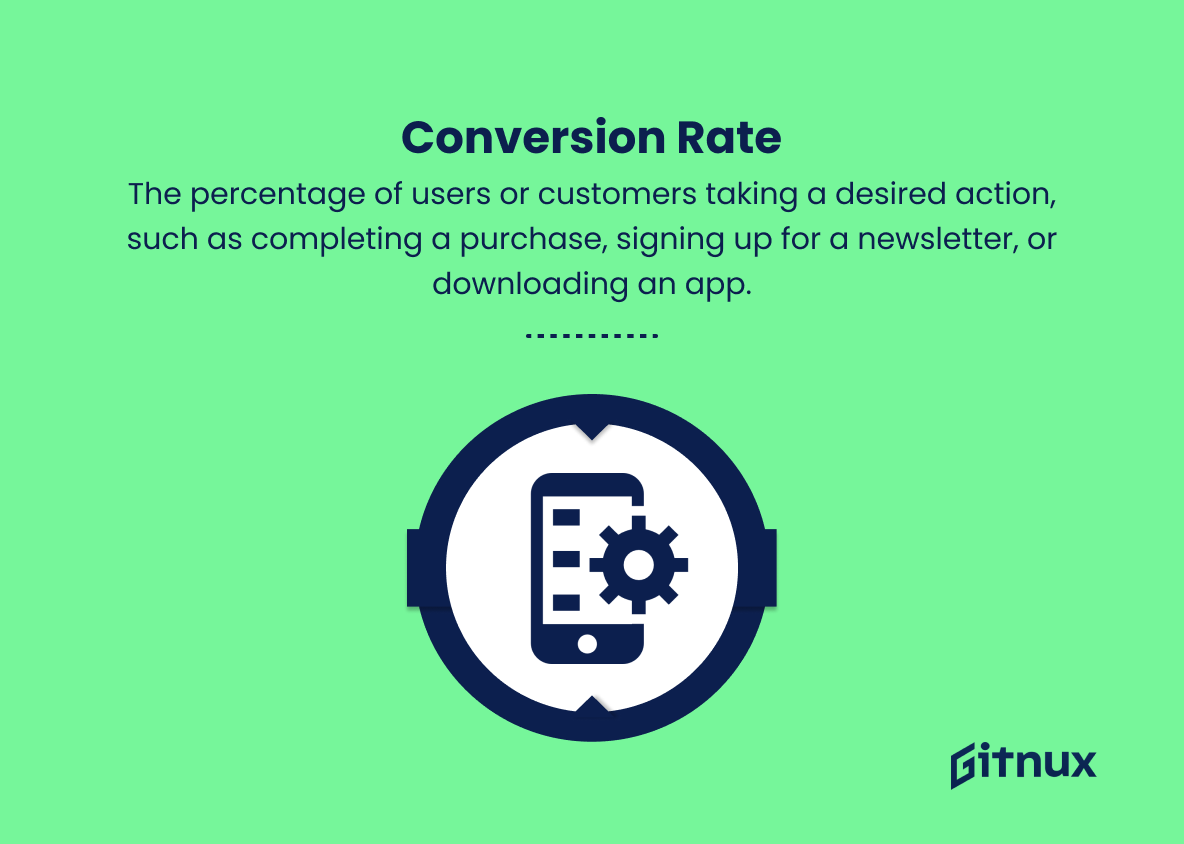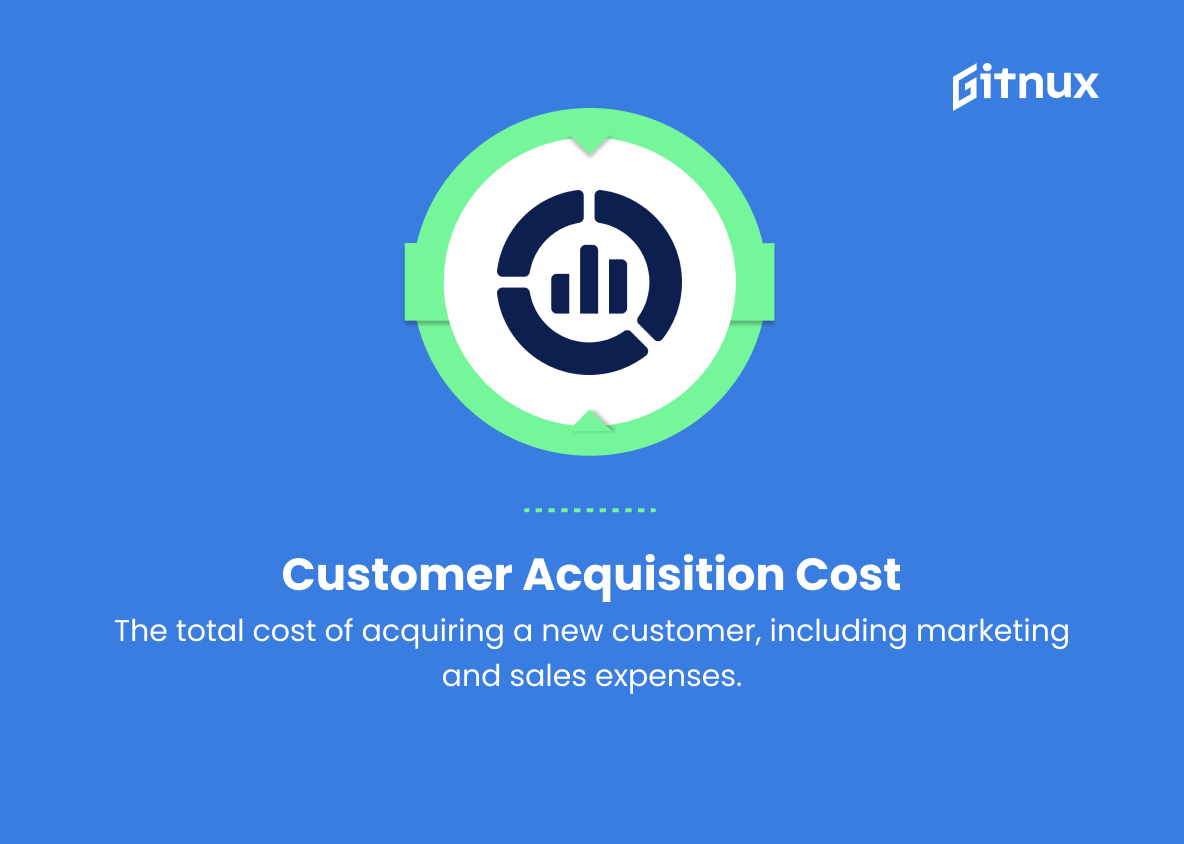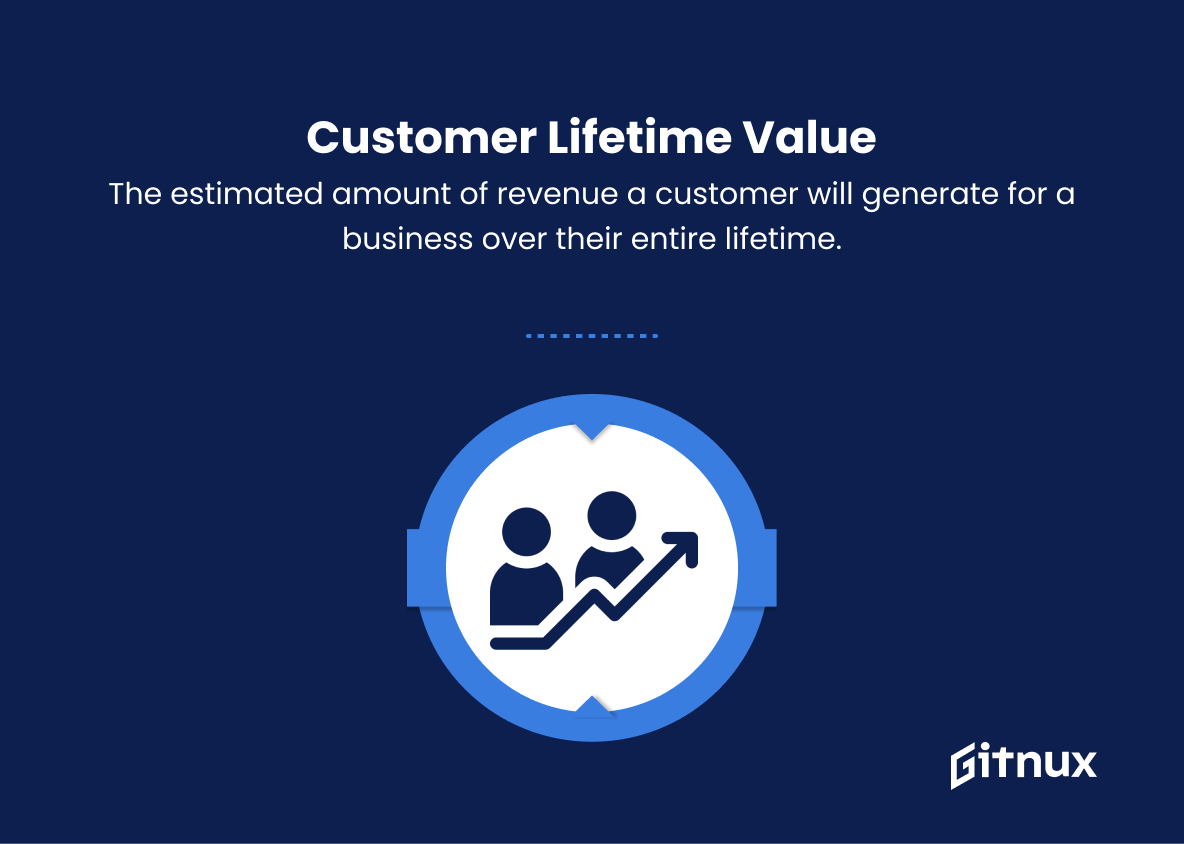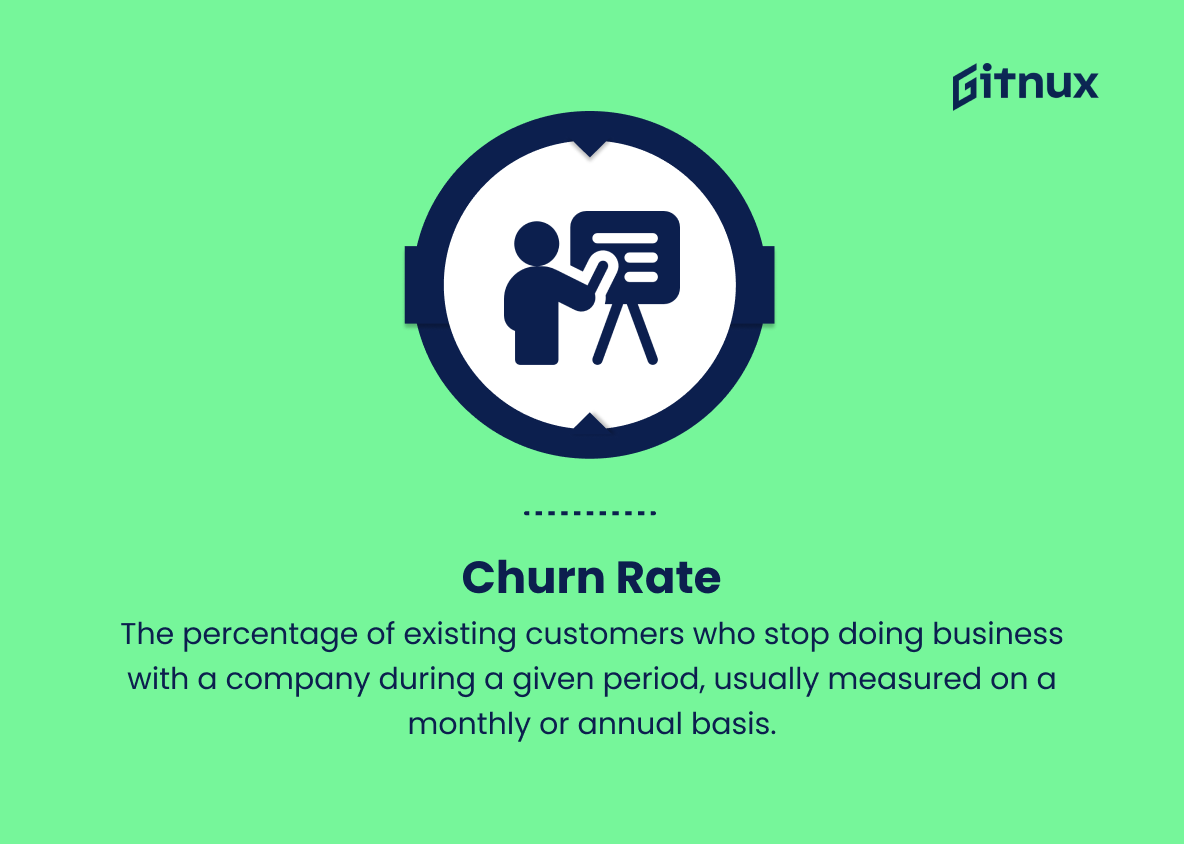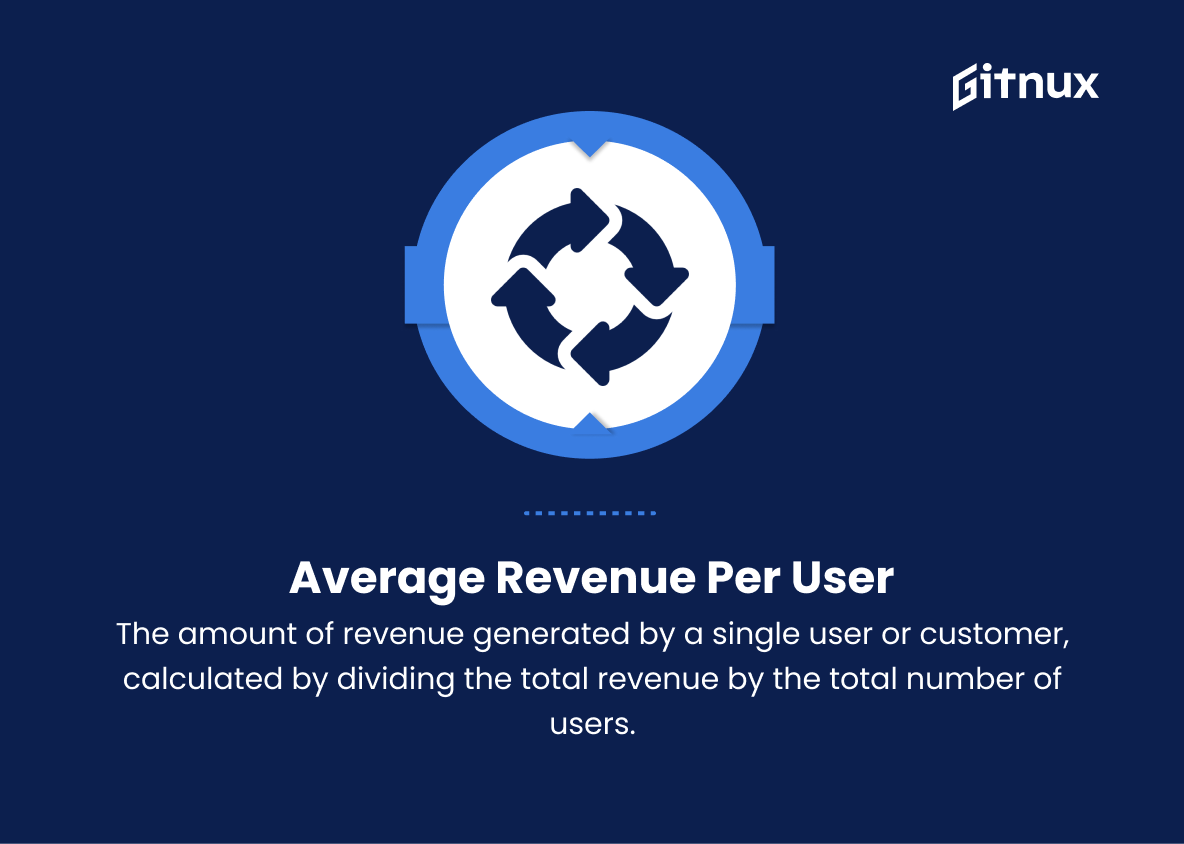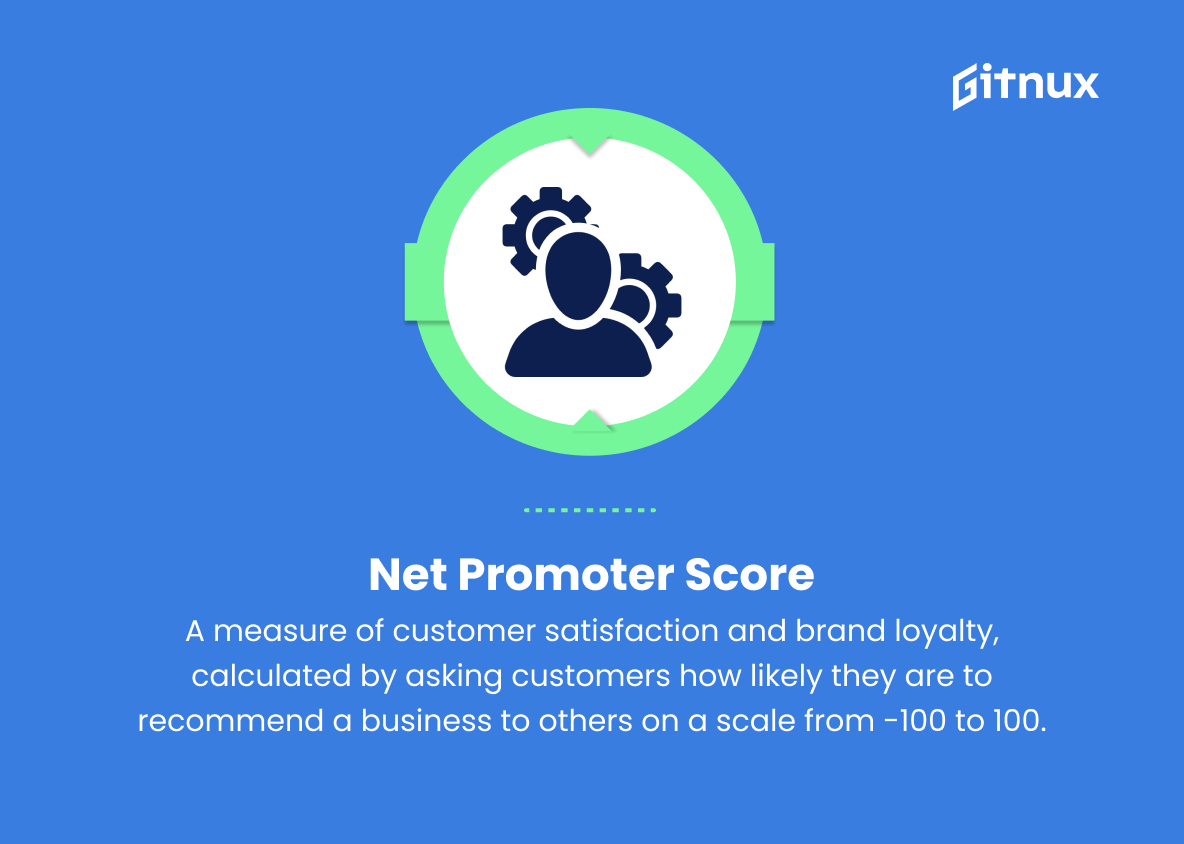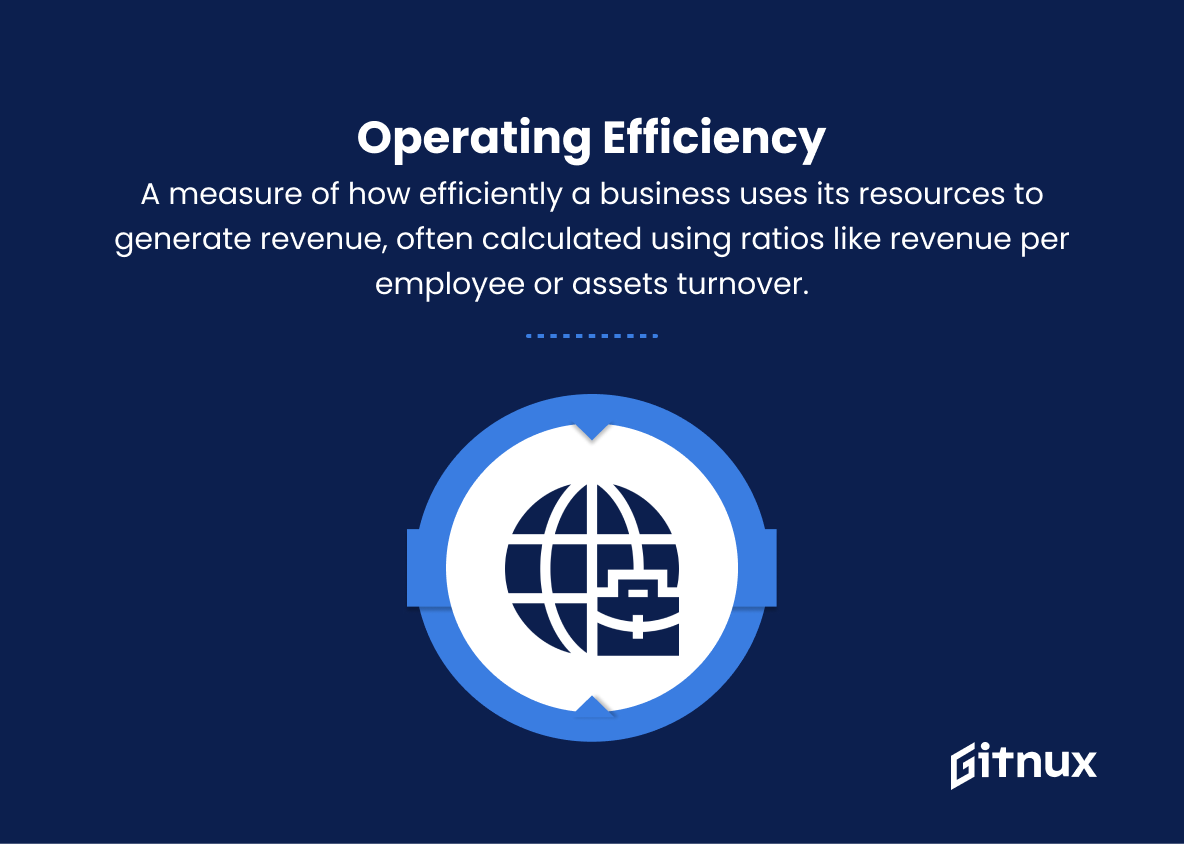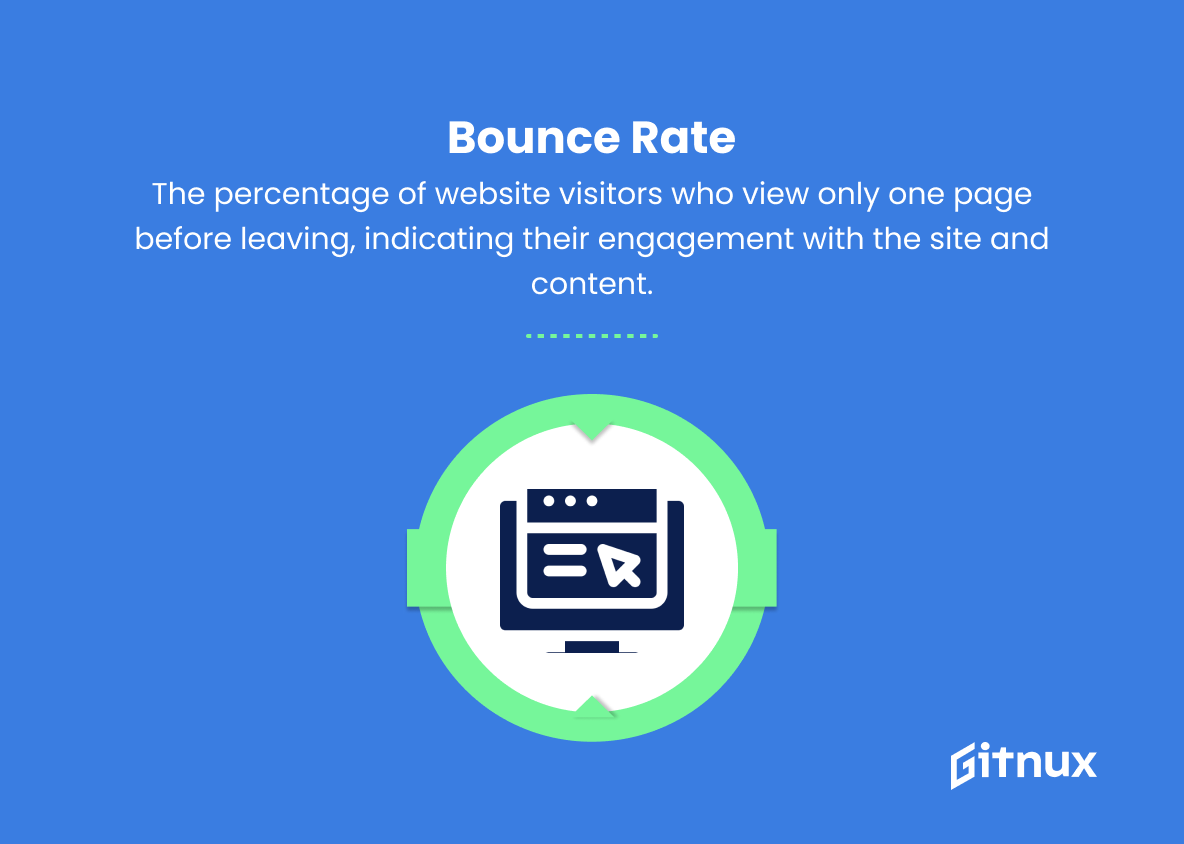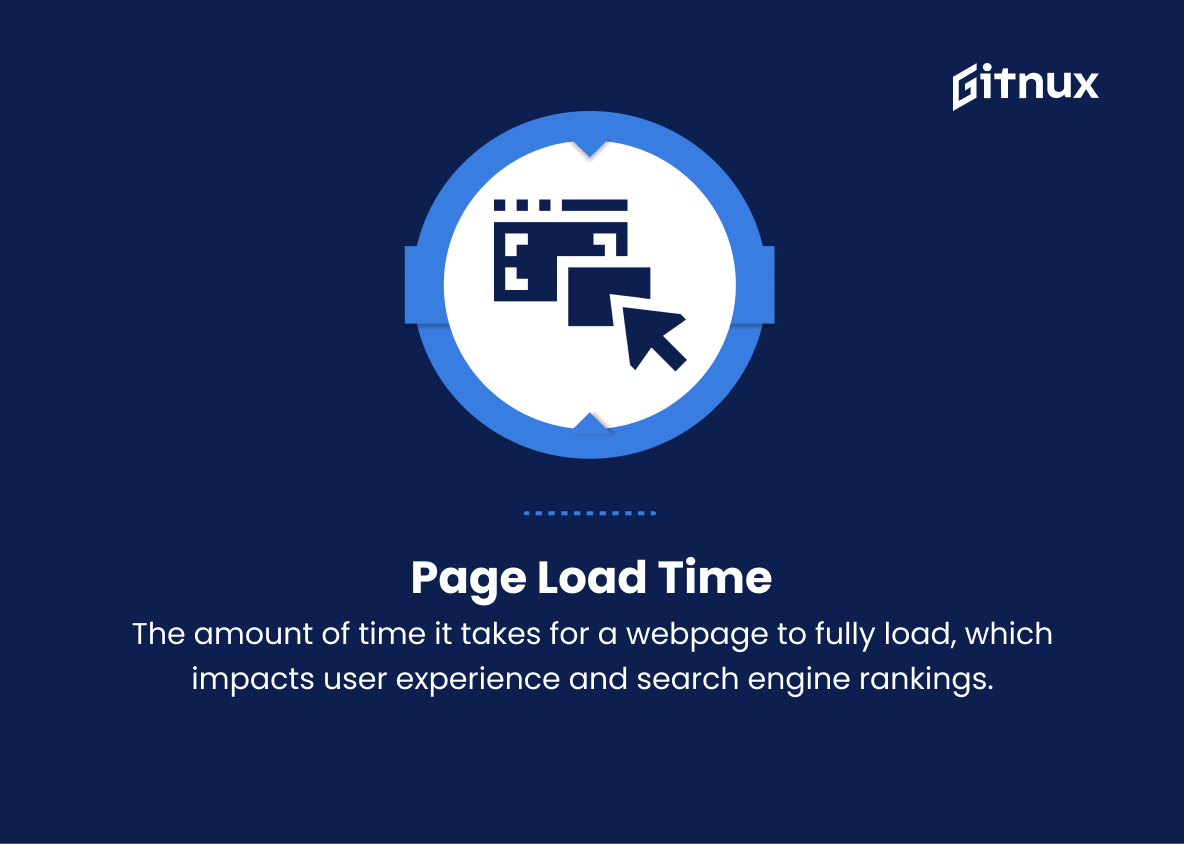In today’s fast-paced business landscape, measuring and analyzing performance metrics plays an indisputably crucial role in ensuring continued success and growth. Performance metrics provide valuable insights into the efficiency, effectiveness, and overall health of a company or organization, allowing decision-makers to identify areas in need of improvement and make informed choices.
In this comprehensive blog post, we will delve deep into the realm of performance metrics, uncovering why they should be a top priority for businesses of all sizes and industries. Join us as we explore various aspects of these powerful tools, from selecting the most relevant indicators to implementing data-driven strategies that foster innovation and enhance performance.
Perfomance Metrics You Should Know
1. Revenue growth
The increase in revenue generated by a business over a specific period of time, usually measured year-over-year or quarter-over-quarter.
2. Conversion rate
The percentage of users or customers taking a desired action, such as completing a purchase, signing up for a newsletter, or downloading an app.
3. Customer acquisition cost (CAC)
The total cost of acquiring a new customer, including marketing and sales expenses.
4. Customer lifetime value (CLV)
The estimated amount of revenue a customer will generate for a business over their entire lifetime.
5. Churn rate
The percentage of existing customers who stop doing business with a company during a given period, usually measured on a monthly or annual basis.
6. Retention rate
The percentage of customers who continue doing business with a company over a specified period, the inverse of churn rate.
7. Average revenue per user (ARPU)
The amount of revenue generated by a single user or customer, calculated by dividing the total revenue by the total number of users.
8. Gross profit margin
The difference between revenue and cost of goods sold, expressed as a percentage to indicate the profitability of a business.
9. Net promoter score (NPS)
A measure of customer satisfaction and brand loyalty, calculated by asking customers how likely they are to recommend a business to others on a scale from -100 to 100.
10. Operating efficiency
A measure of how efficiently a business uses its resources to generate revenue, often calculated using ratios like revenue per employee or assets turnover.
11. Website traffic
The number of visitors and page views on a website, indicating the popularity and effectiveness of a website and its content.
12. Bounce rate
The percentage of website visitors who view only one page before leaving, indicating their engagement with the site and content.
13. Page load time
The amount of time it takes for a webpage to fully load, which impacts user experience and search engine rankings.
14. Employee productivity
A measure of how effectively employees are using their time and resources to generate value for the business, often calculated as output per hour or per employee.
15. Time to market (TTM)
The amount of time it takes for a product or service to go from concept to market availability, reflecting the efficiency of product development and launch processes.
16. Return on investment (ROI)
The percentage of return generated by an investment, calculated by dividing the net profit by the initial investment amount.
17. Cost per lead (CPL)
The cost of generating a potential customer or sales lead, calculated by dividing total marketing spend by the number of leads generated.
18. Social media engagement:
The level of interaction between a business’s social media accounts and its audience – likes, comments, shares, and follows.
19. Referral rate:
The percentage of new customers who were referred by existing customers, indicating the success of referral and word-of-mouth marketing efforts.
20. Load time:
The amount of time it takes for a system, application, or service to be fully operational, indicating its performance and usability.
Perfomance Metrics Explained
Performance metrics are essential for businesses to evaluate their success and performance over time, as well as to identify areas that need improvement. Revenue growth, for example, demonstrates the ability of a business to expand its customer base and increase sales, leading to greater overall success. The conversion rate and customer acquisition cost inform organizations about the effectiveness of their marketing strategies, while the customer lifetime value helps predict the long-term profitability of individual customers.
Understanding churn and retention rates enables businesses to strategize more effectively on customer satisfaction and loyalty, whereas average revenue per user, gross profit margin, and net promoter score provide insights into profitability, customer satisfaction, and brand loyalty, respectively. Operating efficiency, website traffic, bounce rate, and page load time are also important metrics that indicate how well a business engages its customers and utilizes its resources.
Employee productivity and time to market are crucial indicators of a company’s overall efficiency and growth potential, while return on investment and cost per lead help businesses evaluate the value of their investments and marketing efforts. Social media engagement, referral rate, and load time round out the list of critical performance metrics, highlighting the importance of fostering brand advocates, driving word-of-mouth marketing and ensuring seamless user experiences across all platforms. By tracking and analyzing these metrics, businesses can gain an in-depth understanding of their performance, enabling them to make data-driven decisions that drive success and growth.
Conclusion
In conclusion, performance metrics play a pivotal role in guiding businesses towards achieving their objectives and fostering growth. By consistently measuring and analyzing performance, organizations can identify strengths and weaknesses, streamline processes, and make critical decisions promptly.
As the demands of the market and customer behavior constantly evolve, aligning performance metrics with business goals has become more important than ever. Embracing a rigorous, data-driven approach will ultimately empower companies to refine their strategies, minimize inefficiencies, and maximize profits in the long run.
